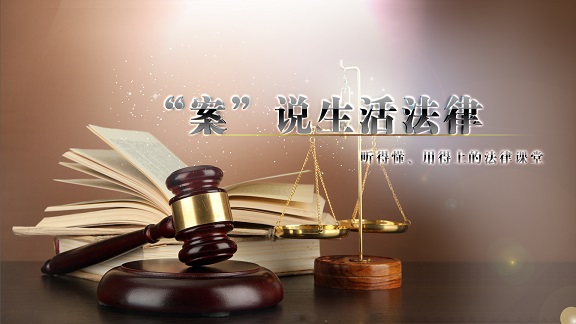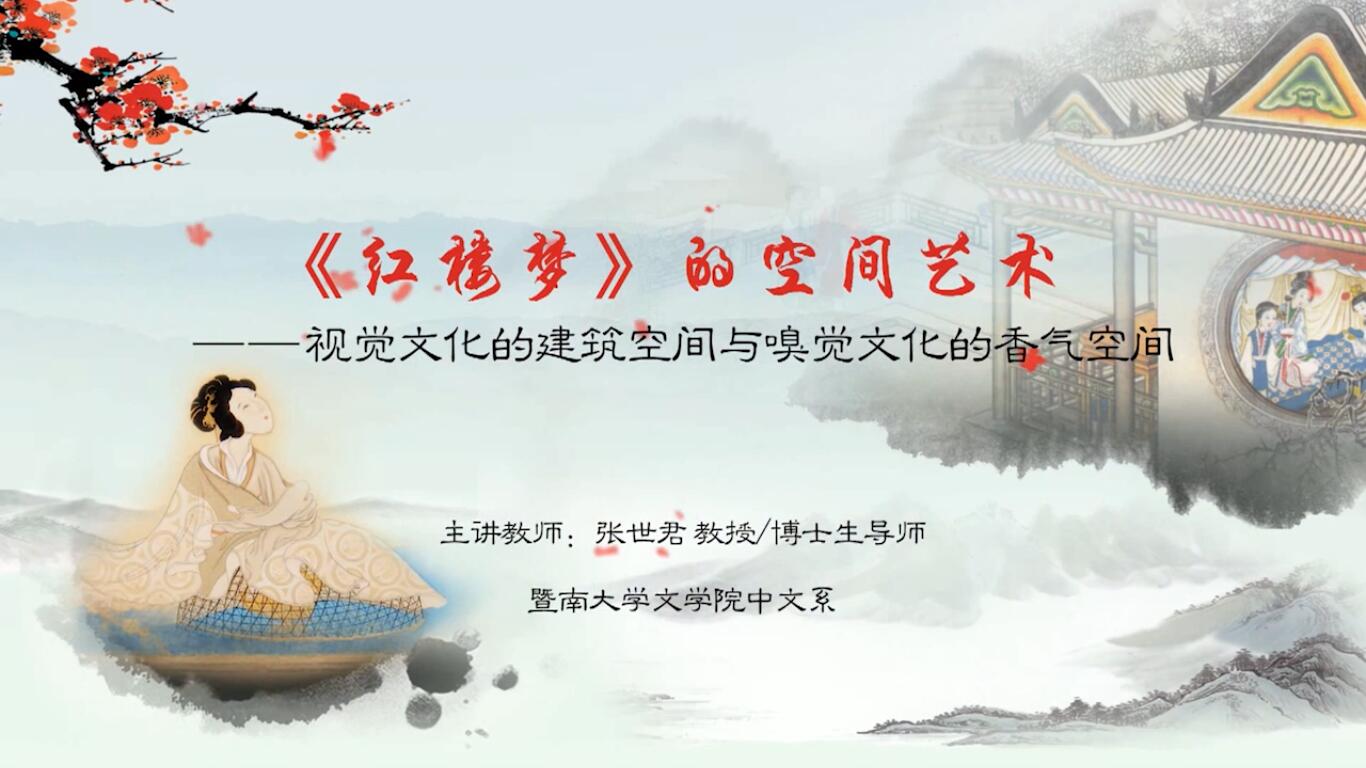
当前课程知识点:Diagnostics in Chinese Medicine > Week 11 Diagnosis methods:Listening and smelling examination > 9.3 Smelling > 9.3 Smelling
返回《Diagnostics in Chinese Medicine》慕课在线视频课程列表
返回《Diagnostics in Chinese Medicine》慕课在线视频列表
同学们好
我们已经学习了闻诊的听声音的诊断方法
下面我们继续学习嗅气味的诊断方法
嗅气味
是指嗅辨与疾病有关的气味
以诊查病情的方法
包括嗅病体气味和嗅病室气味
通常来讲 当脏腑功能正常
气血流畅时
人体是不会有特殊的气味的
如果脏腑 气血 津液出现病变
比如邪气侵扰 气血运行不畅
脏腑功能失调等
秽浊排除不利
腐浊之气因此产生
就可以表现出异常的味道
因此 通过嗅辨气味
可以辨别脏腑 气血 津液的病变
以及疾病的寒热虚实等等
通常来讲
当气味酸腐臭秽时
多属于实热证
当气味偏淡
或微有腥臭时
多属于虚寒证
如何理解气味的臭秽和腥臭呢
我们可以这么理解
臭秽 就是很臭
臭味浓烈的意思
而腥臭就是
虽然有臭味
但气味不太浓烈
首先我们来学习 病体气味
病体气味包括有
口气 汗气 痰涕之气 二便之气
经带恶露之气以及呕吐物之气六种
第一种病体气味为口气
口气 是指从口中散发出的异常味道
正常人 呼吸或者讲话时
口中没有异常味道散出
如果口中散发臭气 称为口臭
多与口腔不洁 龋齿 便秘
或消化不良有关
当口气酸臭者
并伴有食欲不振 脘腹胀满者
通常属于食积胃肠的表现
口气臭秽者 多属于胃热证
口气腐臭者
或兼有咳吐脓血者
多是体内有溃腐脓疡
口气臭秽难闻
牙龈腐烂者多为牙疳
第二种病体气味 汗气
汗气 是指汗液散发出的味道
汗出腥膻
通常是风湿热郁久皮肤
津液受到蒸变所导致的病症
多见于风温 湿温 热病
或汗后衣物不洁所导致的
汗出臭秽 可见于瘟疫
或暑热火毒炽盛证
腋下随汗散发阵阵臊臭
是湿热内蕴所导致
多见于狐臭病
第三种病体气味 痰涕之气
正常状态下
人体排出少量痰和涕
一般没有异常气味
如果咳吐浊痰 脓血腥臭
通常见于肺痈
为热毒炽盛所致
如果咳痰黄稠味腥
属于热痰
为肺热壅盛所致
如果咳吐痰涎清稀 味咸
无特殊气味
为寒痰 多见于寒证
鼻塞流浊涕 通常是外感风寒 或鼻渊所致
鼻流清涕 无气味
通常见于外感风寒证
第四种病体气味 二便之气
大小便的闻诊
除注意了解特殊气味
还要结合望诊 综合判断分析
一般来讲
大便酸臭难闻 多属于肠有郁热
大便溏泻而腥臭
或臭味不很明显
多属于脾胃虚寒
大便泄下 臭如败卵 矢气酸臭
多属于宿食积滞引起的病证
小便黄赤 浑浊骚臭
多属于膀胱湿热
小便甜
并散发有烂苹果样气味者 多属于消渴病
相当于西医的糖尿病
第五种病体气味 经 带 恶露之气
经 带 恶露的闻诊 主要是了解
经 带 恶露有没有异常气味
如果月经臭秽者 多属热证
如果月经味腥者 多属寒证
如果带下黄稠臭秽者 多属湿热
如果带下清稀而腥臭者 多属寒湿
崩漏或带下奇臭
并见异常颜色 多见于癌症
病情比较危重
产后恶露臭秽者
多属湿热 或湿毒下注
第六种病体气味就是呕吐物之气 一般来讲
呕吐物清稀无臭味 通常是胃寒引起的
呕吐物酸臭秽浊 通常是胃热引起的
呕吐物伴有没有消化的食物
气味酸腐 为饮食积滞所致
呕吐脓血而腥臭
通常是溃疡病引起的
我们再来学习 病室气味
病室气味 是由病体本身
或排出物 分泌物散发而形成的
一般来讲
气味从病体发展到充斥病室
说明病情重笃
临床上通常 嗅病室的气味
可作为推断病情及诊断特殊疾病的参考
比如病室臭气触人 多为瘟疫类疾病
病室有血腥味 通常见于失血病
病室有腐臭气 通常见于溃腐疮疡
病室有尸臭味
多为脏腑衰败 病情危重
病室有尿臊味
多见于水肿病晚期 尿毒症的病人
病室有烂苹果气味
多见于消渴病重症病人
相当于西医的糖尿病酮症酸中毒的病人
病室有蒜臭的味道
通常见于有机磷农药中毒的病人
以上是嗅气味的全部内容
无论是嗅病体气味
还是嗅病室气味
都符合这样的一般规律
凡是气味酸腐臭秽者 多属实证 热证
凡是气味偏淡
或微有腥臭者
都是属虚寒证
现在我们已经将闻诊的听声音
和嗅气味的诊断方法
学习完毕
本节课就上到这里
-Introductory remark
--QQ groups、WeChat public account
-Introduction
--【Discussion 1】Why do you want to take this course?
-Unit test for Introduction
-1.1 Yin-yang theory
-1.2 The theory of five elements
--1.2.1 The theory of five elements
--1.2.2 Application of the theory of five elements
-Frequently Asked Questions
-Unit test for week 1
-2.0 Outline
--【Discussion 2】How to understand the holistic view centered on the Zang Fu theory?
-2.1 Liver
--【Discussion 3】Why is repose more important than vigorous exercise in recuperation for patients with
-2.2 Heart
-2.3 Spleen
-2.4 Lung
--2.4 Lung
-2.5 Kidney
-2.6 Six fu organs
-Frequently Asked Questions
-Unit test for week 2
-3.1 Qi
--3.1 Qi
-3.2 Blood
-3.3 Body fluid
-3.4 The relationship of qi, blood and body fluid
--3.4 The relationship of qi, blood and body fluid
--【Discussion 4】A discussion about the theory of qi, blood and body fluid
-Frequently Asked Questions
-Unit test for week 3
-4.0 Outline
-4.1 Six exogenous factors
--4.1.2 Nature and pathogenicity of wind and cold
--4.1.3 Nature and pathogenicity of summer heat and damp
--4.1.4 Nature and pathogenicity of dryness and fire
-4.2 Etiology of visceral impairment
--4.2 Etiology of visceral impairment
-Frequently Asked Questions
-Unit test for week 4
-5.0 Outline of inquiry
--【Discussion 5】If you were a patient, how would you describe your condition to your doctor first?
-5.1 Inquiry of Chills and fever
--5.1.1 Chills and fever(Aversion to cold with fever)
--5.1.2 Chills and fever(Chills without fever)
--5.1.3 Chills and fever(Fever without chills)
--5.1.4 Chills and fever(Alternative chills and fever)
--【Discussion 6】How to understand "if you have clinical manifestations of cold, that is exterior syndr
-5.2 Inquiry of perspiration
-Frequently Asked Questions
-Unit test for week 5
-5.3 Inquiring of pain
--【Discussion 7】How to understand "stagnation leading to pain and innourish leading to pain"?
-5.4 Inquiring of head, body, thorax and abdomen
--5.4 Inquiring of head, body, thorax and abdomen
-5.5 Inquiring of ears and eyes
--5.5 Inquiring of ears and eyes
-5.6 Inquiring of sleep
-5.7 Inquiring of food and drink, appetite and taste
--5.7 Inquiring of food and drink, appetite and taste
-5.8 Inquiring of defecation and urination
--5.8.1 Inquiring of defecation
--5.8.2 Inquiring of urination
-5.9 Inquiring of infantile and women's disease
--5.9 Inquiring of infantile and women's disease
-Unit test for week 6
-6.0 Outline of Observation
--【Discussion 8】Please use the whole body inspection (including the expression, complexion and figure)
-6.1.1 Observation of vitality
--6.1.1 Observation of vitality
-6.1.2 Observation of the color
--6.1.2.1 The content, principles of inspection of the color
--6.1.2.2 Indication of diseases by five colors
--【Discussion 9】How do you understand the normal complexion of a normal people?
-6.1.3 Observation of the appearance
--6.1.3 Observation of the appearance
-6.1.4 Observation of figure and posture
--6.1.4 Observation of figure and posture
-Unit test for week 7
-6.2.1 Observation of head and face
--6.2.1 Observation of head and face
-6.2.2 Observation of five sensory organs
--6.2.2.1Observation of five sensory organs(observation of eyes,ears,nose)
--6.2.2.2Observation of five sensory organs(observation of lips,teeth and gums,throat)
-6.2.3 Observation of body
-6.2.4 Observation of limbs
-6.2.5 Observation of two lower orifices
--6.2.5 Observation of two lower orifices
-6.2.6 Observation of skin
-6.3 Observation of excreta
-6.4 Observation of infantile fingerprints
--6.4 Observation of infantile fingerprints
-Frequently Asked Questions
-Unit test for week 8
-7.1 Outline of tongue inspection
--7.1.1 The morphology and structure of the tongue
--7.1.2 The principle of tongue examination
--7.1.3 The method and precaution of tongue examination
--7.1.4 The content of tongue examination, normal tongue
-7.2 Inspection of tongue structure
--7.2.1 Observe the color of tongue
--7.2.2 Observe the shape of tongue
--7.2.3 Observe the states of tongue
--7.2.4 Observation of sublingual vein
-7.3 Observation of tongue coating
--7.3.1 Observation of coating texture
--7.3.2 Observe the color of coating
-7.4 Clinical significance of tongue diagnosis
--7.4 Clinical significance of tongue diagnosis
--【Discussion 10】Why to observe the tongue can be used to diagnose disease?
-Unit test for week 9
-8.1 The principle of pulse examination
--8.1 The principle of pulse examination
-8.2 The regions and methods of pulse examination
--8.2 The regions and methods of pulse examination
-8.3 The elements of pulse examination and the normal pulse
--8.3 The elements of pulse examination and the normal pulse
-8.4 Characteristics and significance of pulse
--8.4.1 Superficial pulse, deep pulse, slow pulse, rapid pulse
--8.4.2 Surging pulse, thin pulse, long pulse, short pulse
--8.4.3 Feeble pulse, forceful pulse, slippery pulse, uneven
--8.4.4 Taut pulse, tense pulse,soggy pulse, moderate pulse
--8.4.5 Knotted, slow-regular-intermittent, irregularly abrupt
-8.5 Similar pulse, concurrent pulse, pulse indicating deterioration of visceral qi۞
--8.5 Similar pulse, concurrent pulse, pulse indicating deterioration of visceral qi۞
--【Discussion 11】Why is complex pulse more common than single-factor pulse?
-8.6 Women’s pulse, children’s pulse
--8.6 Women’s pulse, children’s pulse
-8.7 The clinical significance of pulse diagnosis
--8.7 The clinical significance of pulse diagnosis
-Unit test for week 10
-9.1 Listening
-9.2.1 Abnormal sound
-9.2.2 Abnormal language
-9.2.3 Respiratory abnormality
--9.2.3 Respiratory abnormality
-9.2.4 Cough
--【Discussion 12】How to observe the patient's cough sound and sputum changes to determine whether the
-9.2.5 Abnormal sounds of the stomach and intestines
--9.2.5 Abnormal sounds of the stomach and intestines
-9.3 Smelling
--【Discussion 13】How to diagnose by smelling?
-Unit test for week 11
-10.1 The method, meaning and precautions of palpation
--10.1 The method, meaning and precautions of palpation
-10.2 Contents of palpation
--10.2.1 Palpating chest and hypochondrium
--10.2.2 Palpating stomach and abdomen
--10.2.4 Palpating hands and feet, palpating acupoints
--【Discussion 14】How to determine whether external or internal injuries?
-Unit test for week 12
-Conclusion
-Final Exam
--Final Exam




